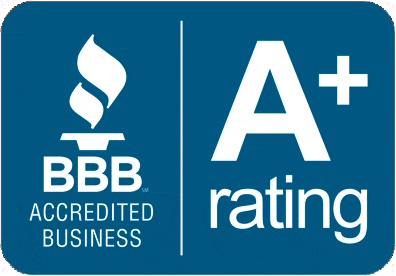Understanding NIST Password Requirements
by Jon Lober | NOC Technology
A Guide for Small to Midsize Manufacturers
You already know that strong password management is critical for any organization.
For manufacturing businesses aiming to comply with NIST (National Institute of Standards and Technology) guidelines, understanding the specific password requirements is essential. Let’s break down NIST’s current recommendations for password security recommendations and offer practical implementation tips.
Why NIST Password Guidelines Matter
NIST provides guidelines designed to enhance cybersecurity and protect sensitive information (both CUI and PII). Following these guidelines helps mitigate risks associated with weak passwords, which are the cause of up to 80% of data breaches.
Read more of our best practices for passwords here.
Key NIST Password Requirements
NIST Special Publication 800-63B outlines several crucial recommendations for password management. Here are the primary requirements:
1. Password Length Over Complexity
Recommendation: Instead of requiring complex passwords with a mix of symbols, numbers, and uppercase letters, NIST suggests using longer passwords, ideally at 15+ characters.
Rationale: Longer passwords are typically more secure and easier for users to remember than overly complicated ones.
2. No Mandatory Periodic Changes
Recommendation: Users should only be prompted to change their passwords when there is evidence of compromise, rather than at fixed intervals (e.g., every 90 days).
Rationale: Frequent changes can lead to weaker passwords as users may resort to predictable patterns or simpler passwords for ease of remembering. (For example, using a password like TheBlueF0xJump3dOverTheYellowMoon! meets NIST requirements for length, and is easier to remember.)
3. Avoid Password Hints
Recommendation: Organizations should eliminate password hints that can give clues about the password.
Rationale: Hints can make it easier for unauthorized users to guess passwords, compromising security.
4. Encourage the Use of Password Managers
Recommendation: Promote the use of password managers to help employees generate and store unique passwords securely.
Rationale: Password managers reduce the burden of remembering multiple complex passwords while ensuring stronger, unique passwords for different accounts. We recommend that all our clients use Keeper Security within their organizations.
5. Implement Multi-Factor Authentication (MFA)
Recommendation: Whenever possible, use multi-factor authentication to add an extra layer of security.
Rationale: MFA requires users to provide two or more verification factors, making it significantly more difficult for attackers to gain access, even if a password is compromised.
Additional Best Practices
In addition to adhering to NIST guidelines, consider these best practices to enhance your organization’s password security:
Training and Awareness
Educate employees about the importance of strong passwords and the potential risks of weak password practices.
Password Policies
Develop and enforce a clear password policy that aligns with NIST guidelines, ensuring all employees understand the expectations.
Regular Security Audits
Conduct regular audits of password practices and security measures to identify areas for improvement and ensure compliance with NIST standards.




